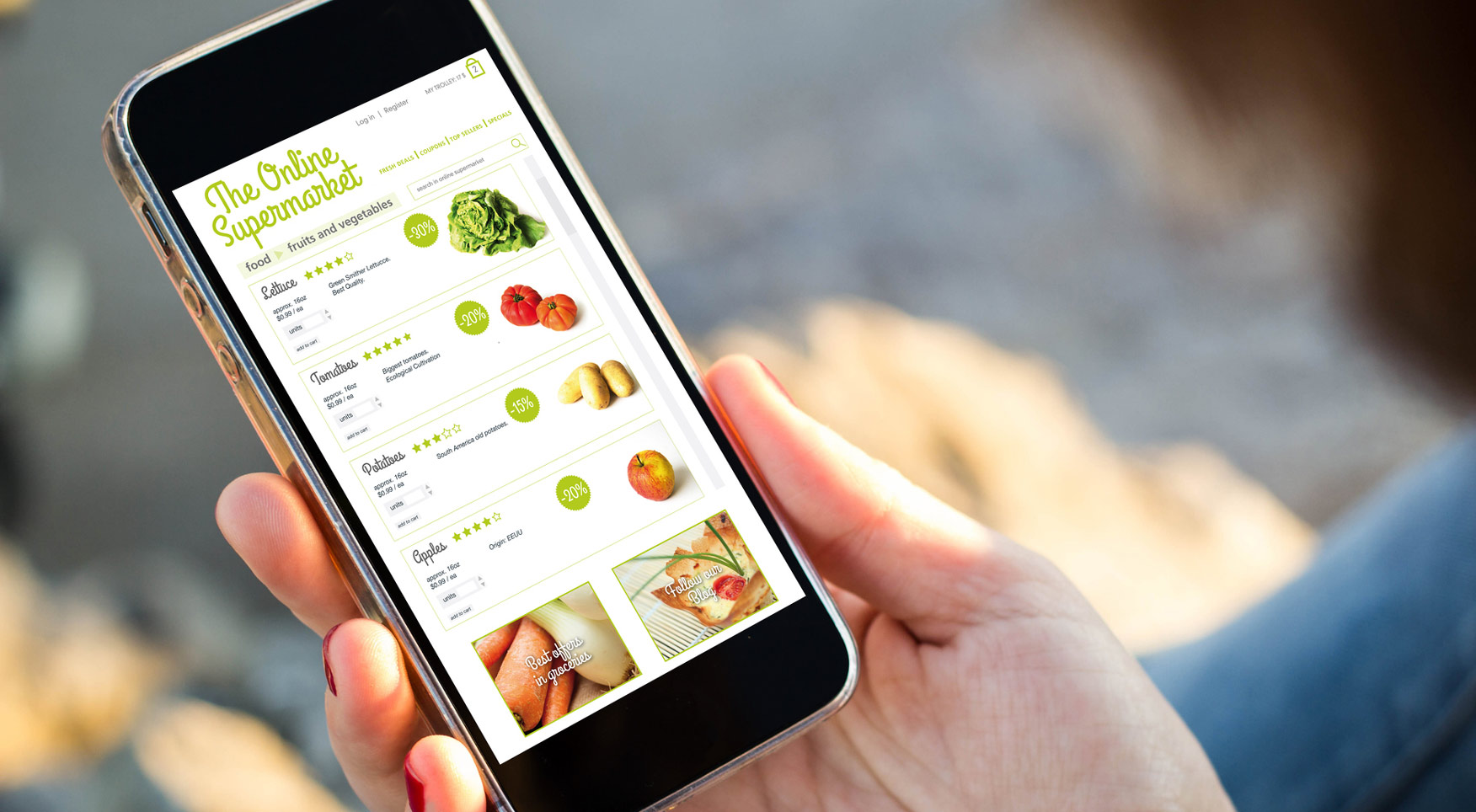During the holidays, we kept a box of individually wrapped cookies on our porch. Once the weather starts to warm up, we’ll likely put out water bottles or Cokes. Our next-door neighbors leave a basket of homemade masks by their front door. Why? We want to take care of the delivery drivers who are on our porches daily — sometimes multiple times per day – including Amazon, UPS, FedEx, USPS, Instacart, Walmart+, UberEats and eagerly awaiting Drizly. Like many consumers, our purchasing habits have shifted amid the ongoing COVID-19 pandemic.
While it might seem that the whole world is now shopping primarily online, there’s more to the story, especially when it comes to meat consumers. When Midan surveyed meat consumers in September 2020, we learned that of those purchasing meat via e-commerce, 35% used local grocery click and collect services, while 24% chose a general online delivery service like Instacart and 23% opted for local grocery store delivery. The learning here is that more consumers are choosing to purchase meat from their local retailers than from meat-specific websites.
That same study revealed that 34% of meat consumers anticipated they would primarily purchase meat/chicken online post-pandemic, indicating that consumers are having positive experiences with online ordering. This likely accounts for why established brands like Omaha Steaks and relative newcomers such as ButcherBox are experiencing enviable levels of success online.
Don’t Rush In Without Integrating D2C Into Your Overall Omnichannel Strategy
While an online presence is essential as quarantine efforts continue, 66% of meat consumers plan to purchase meat in-person after the pandemic, making brick-and-mortar stores still very relevant.1
Businesses and brands should focus on refining their approach to D2C in 2021 as part of an overarching omnichannel strategy that also considers retail, wholesale and foodservice.
Consider the Impact of Your D2C Launch on Other Aspects of Your Business
Part of the balance between D2C and existing retail and/or wholesale channels involves evaluating any business considerations prior to launching or during the early stages of your D2C platform. What is the pricing model between D2C and retail? What added value — other than delivery — is the customer receiving by shopping directly at your business’ site versus shopping on a retailer’s website or a third-party service like Instacart? Having a plan for D2C that takes into account the more traditional B2B channels will help brands be more successful across the board.
Your D2C Offering Should Be an Integral Part of Your Entire Sales Ecosystem
Brands should consider how selling direct might risk existing retail channels, as well as how a D2C platform can be leveraged to support B2B relationships. What data from D2C can be shared with your retail partners to better position your brand in-store? Are there opportunities to test new flavors or products prior to introducing to retail or wholesale channels? Is a D2C platform an opportunity to reach new or different consumers, possibly in areas without traditional distribution channels?
Know Your Consumers… Even Better
Data is king… but only if your team can utilize it to identify insights that translate into action. Data can effectively inform business decisions like the types of products you’re offering or how best to reach your target shopper audience. Are shoppers mixing and matching? How many times are they abandoning the cart? How often are they returning to place repeat orders on the site? From which websites or sources are they visiting your online D2C platform? Exploring questions like these can help you more effectively serve target shoppers both on- and off-line.
D2C is Not an “All or Nothing” Approach
Consumers are showing a preference for shopping online from local retailers like Walmart+, Kroger Home Delivery or Publix versus meat-specific online sites.1 This is an opportunity for brands to ensure that retail partners have the needed digital assets to help merchandise your products online or in a retail app – resulting in a better chance of your product landing in an online shopping basket. For instance, evaluating your online product descriptions to ensure they are search engine optimized or auditing your brand’s online presence across the internet including social channels are some initial ways to refine your digital presence and play a role in today’s ever-changing D2C marketplace.
As the marketplace continues to change in the wake of the ongoing pandemic, you can’t afford to ignore the importance of a D2C platform — but it’s also not something that you should tack on as an afterthought to your existing infrastructure. Today’s consumers are becoming increasingly savvy about how online shopping works and will expect your D2C site to be competitive with retailers who already know the ropes online. Take a holistic approach to creating a D2C platform that integrates seamlessly with your overall brand architecture, your business’ existing retail channels and your total sales mix to claim your rightful share of the online shopping market.
Not Sure Where to Start?
1Source: Midan Marketing COVID-19 Report Wave 7, September 2020.
